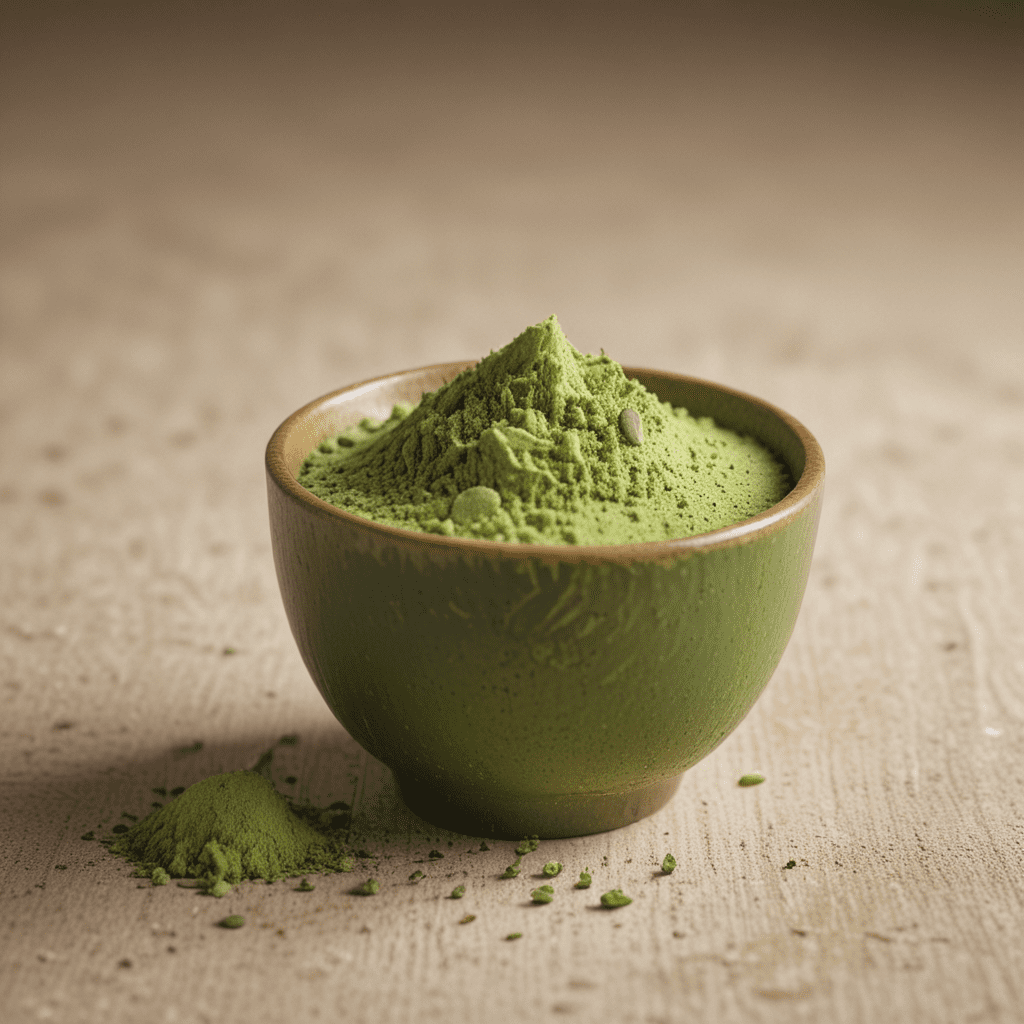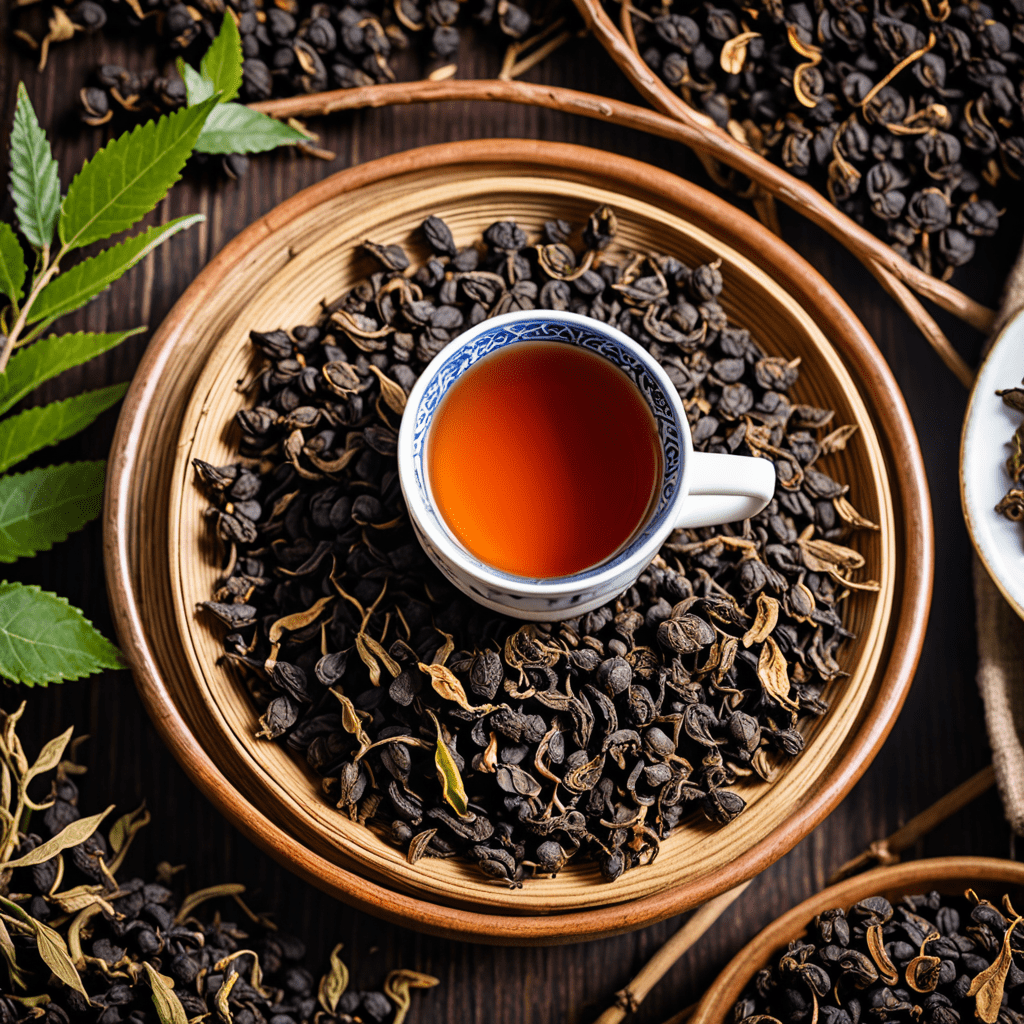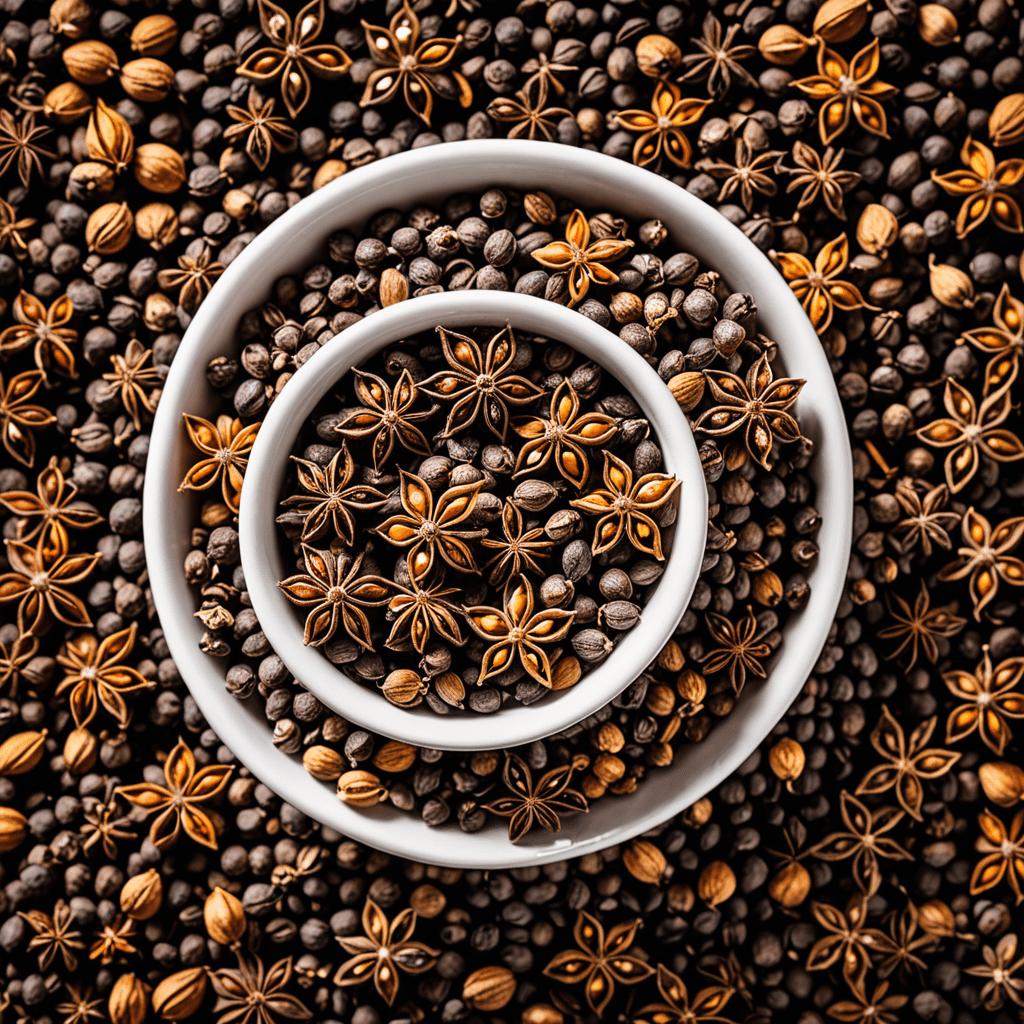
Matcha's Global Popularity
Matcha, finely ground green tea leaves, has gained immense popularity worldwide, captivating tea enthusiasts with its vibrant green hue, delicate flavor, and reputed health benefits. Originating in China, matcha has since become an integral part of Japanese tea culture and has now expanded its reach to various corners of the globe.
Matcha in the United States
In the United States, matcha has emerged as a popular ingredient in beverages, pastries, and even skincare products. Its vibrant green color and earthy flavor have made it a favorite among health-conscious consumers seeking antioxidants and energy-boosting properties. The rise of matcha lattes and matcha-infused sweets has further fueled its popularity, making it a staple in cafes and coffee shops across the country.
Matcha in the United Kingdom
The United Kingdom has embraced matcha's versatility, incorporating it into a range of culinary creations. Matcha-flavored chocolates, ice creams, and smoothies are widely available, offering a unique and refreshing twist on traditional treats. Matcha's vivid green color has also made it a popular choice for decorative purposes, adding a touch of elegance to desserts and cocktails.
Matcha in Japan
In its birthplace of Japan, matcha remains a pillar of tea culture, cherished for its ceremonial significance and refined taste. Traditional matcha tea ceremonies, known as chanoyu, are an integral part of Japanese aesthetics and spirituality, embodying principles of harmony, respect, and tranquility. Matcha's unique production process and centuries-old traditions continue to captivate both locals and visitors alike.
Matcha in China
While matcha originated in China, its popularity has recently resurged, particularly among younger generations. Matcha-infused beverages and desserts have become trendy in major cities like Beijing and Shanghai, blending traditional Chinese flavors with modern culinary influences. The growing health consciousness in China has also contributed to matcha's appeal, as its antioxidant content and potential health benefits resonate with consumers.
Matcha in Southeast Asia
In Southeast Asia, matcha has found a niche in culinary innovations and wellness trends. Matcha-infused dishes, such as sushi rolls and green tea cakes, are popular in countries like Thailand and Vietnam, combining traditional flavors with modern culinary techniques. Matcha's perceived health benefits have also resonated with consumers, leading to the rise of matcha-based supplements and skincare products.
Matcha in Australia
Australia has embraced matcha's versatility, incorporating it into a diverse range of culinary experiences. Matcha-flavored lattes, smoothies, and desserts are commonplace in cafes and restaurants, offering a refreshing and healthy alternative to traditional beverages and sweets. Matcha's vibrant green color has also made it a popular choice for food decoration and presentation.
Matcha in Latin America
Matcha's popularity has extended to Latin America, where it has been embraced for its unique flavor and potential health benefits. Matcha-infused beverages, such as lattes and smoothies, are becoming increasingly popular, particularly among health-conscious consumers. Matcha's adaptability to various culinary creations has also sparked interest in Latin American cuisine, inspiring innovative dishes and desserts.
Matcha in Europe
In Europe, matcha has established itself as a trendy ingredient, particularly in urban centers like London and Paris. Matcha-flavored pastries, chocolates, and ice creams are widely available, offering a sophisticated twist on classic European treats. Matcha's association with health and wellness has also contributed to its popularity, as consumers seek natural and antioxidant-rich foods.
The Future of Matcha
Matcha's global popularity is poised to continue its upward trajectory. As consumers become increasingly health-conscious and seek out unique culinary experiences, matcha's versatility and perceived health benefits will likely drive its continued growth. Innovations in matcha production, such as the development of new flavors and formats, will further contribute to its appeal, ensuring matcha's place as a global tea trend for years to come.
FAQ
What is matcha?
Matcha is finely ground green tea leaves that have been shade-grown and processed into a vibrant green powder.
Where does matcha come from?
Matcha originated in China but is now primarily associated with Japan, where it has been used in tea ceremonies for centuries.
What are the health benefits of matcha?
Matcha is rich in antioxidants and may offer various health benefits, including boosting energy levels, improving cognitive function, and supporting cardiovascular health.
How can I incorporate matcha into my diet?
Matcha can be enjoyed in a variety of ways, including as a tea beverage, blended into smoothies, or used as an ingredient in baking and cooking.
Is matcha safe for everyone?
While matcha is generally considered safe, individuals with caffeine sensitivity or certain health conditions should consult with a healthcare professional before consuming it.

